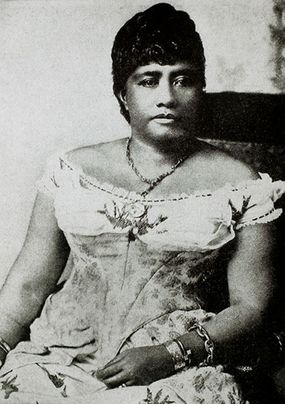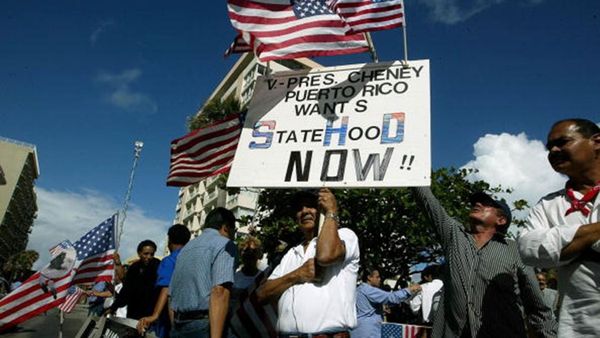
The good old U.S. of A. wasn't always made up of the 50 states that we know today. It took a lot of battles, bloodshed and negotiations to get to this point. Some states took their own sweet time hopping on board the Union train, setting up first as independent "countries," with varying degrees of autonomy.
"The question of whether a state was a separate country largely depends on how one defines a country — does it require a formal government, international recognition by other countries, or just a group of people saying they are a country?" says Jeremy C. Young, communications and marketing manager with the American Historical Association, by email. "I also exclude rebellions that did not lead to a permanent change in government, such as the Confederate States of America." He adds that it's important to note "the United States was created on land that was forcibly taken through various modes of violence from Indigenous nations, communities, and people whose own understanding of that land crossed boundaries that cannot be neatly drawn on maps."
Advertisement
With those caveats in mind here are six states that at one time were considered independent nations. We'll start with two that were formally recognized as such by other countries:



